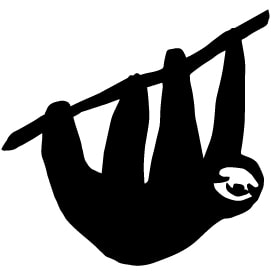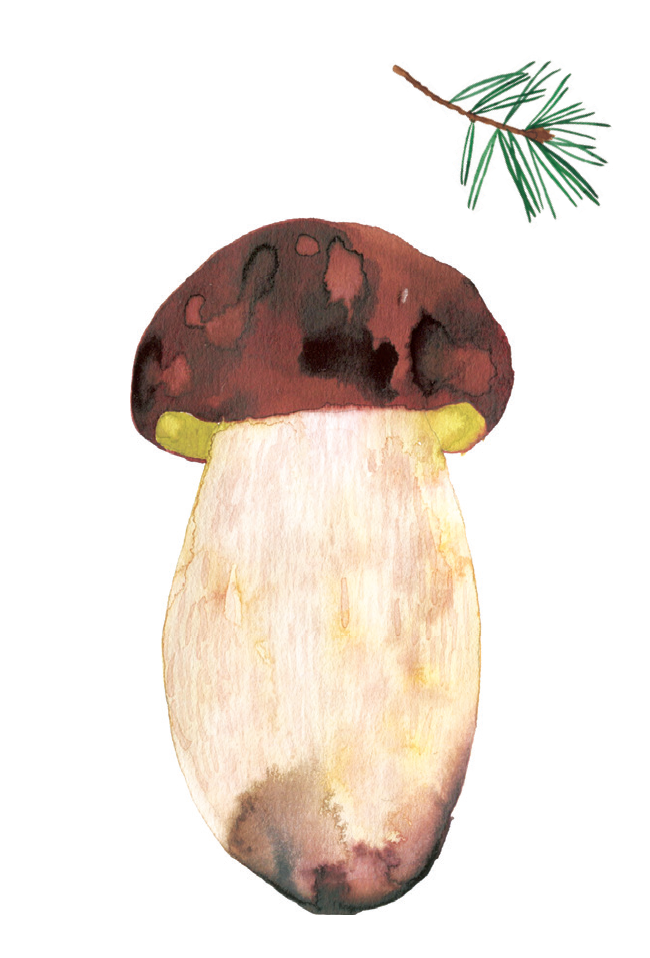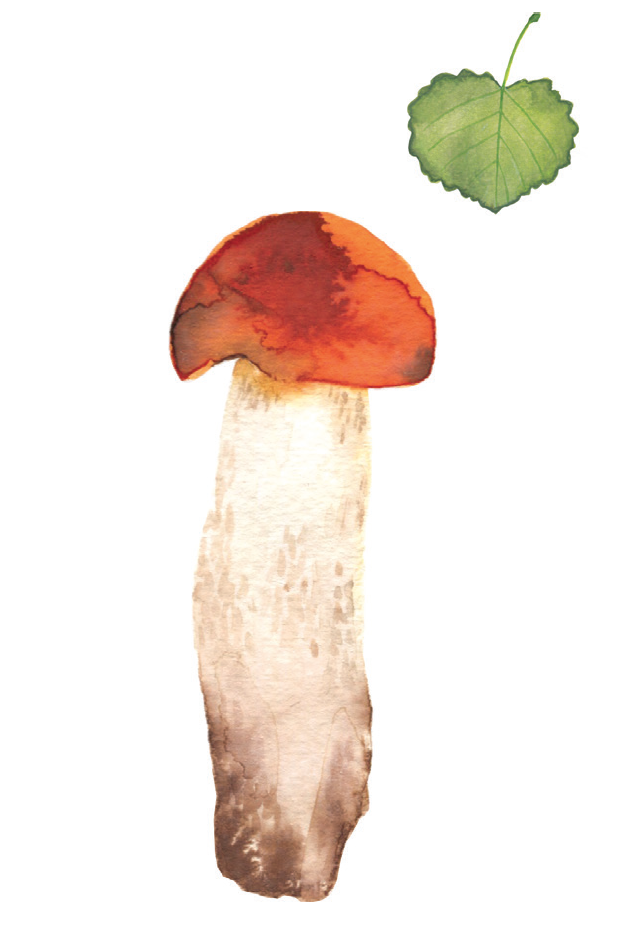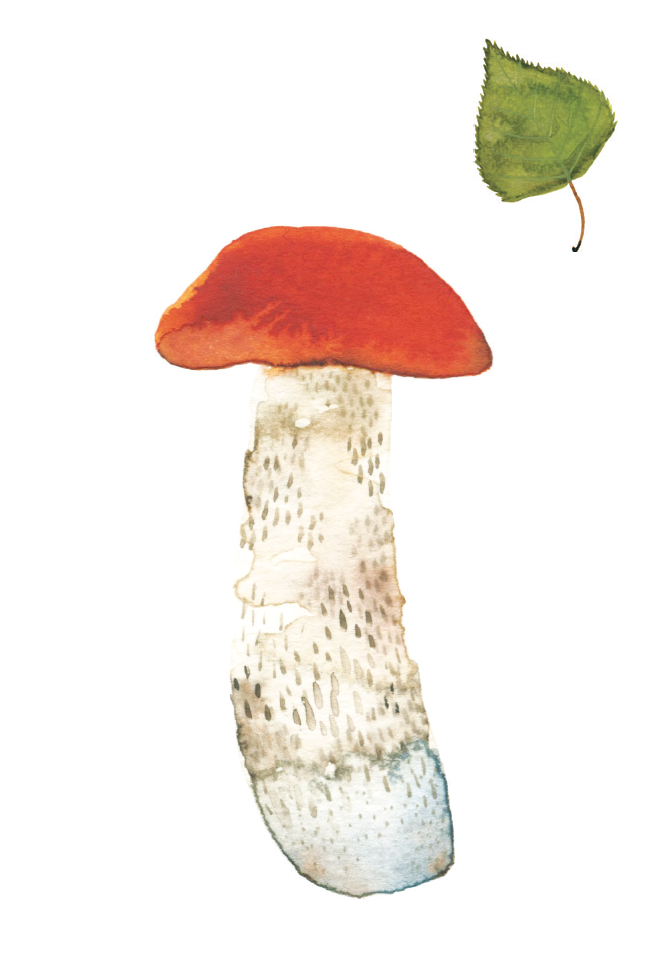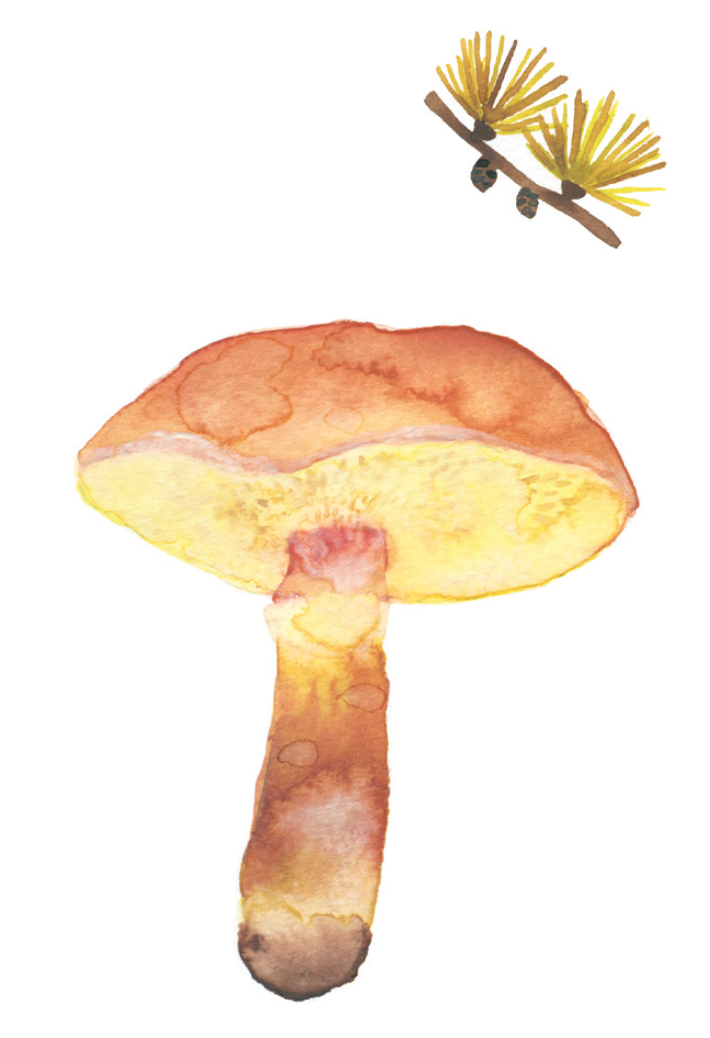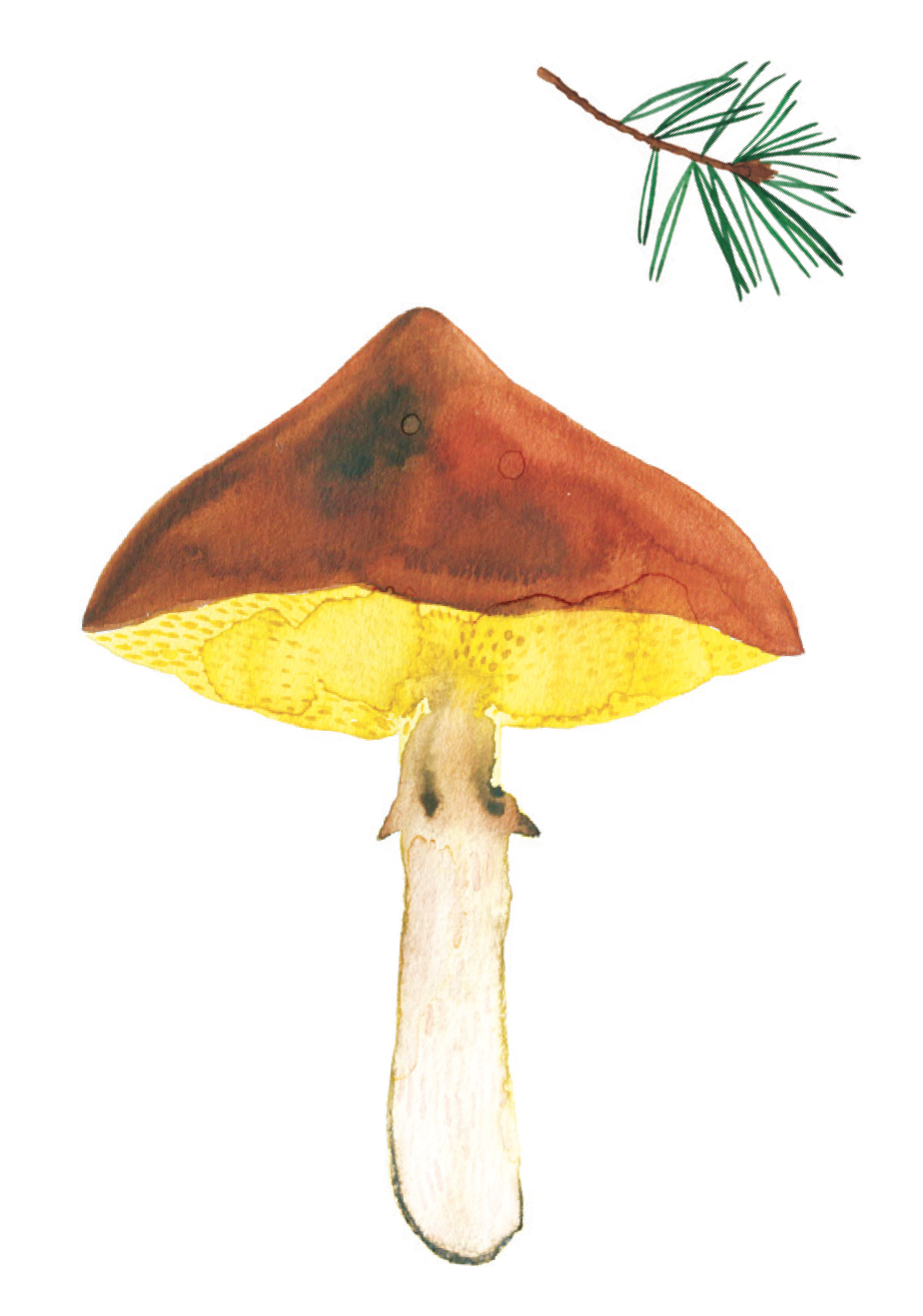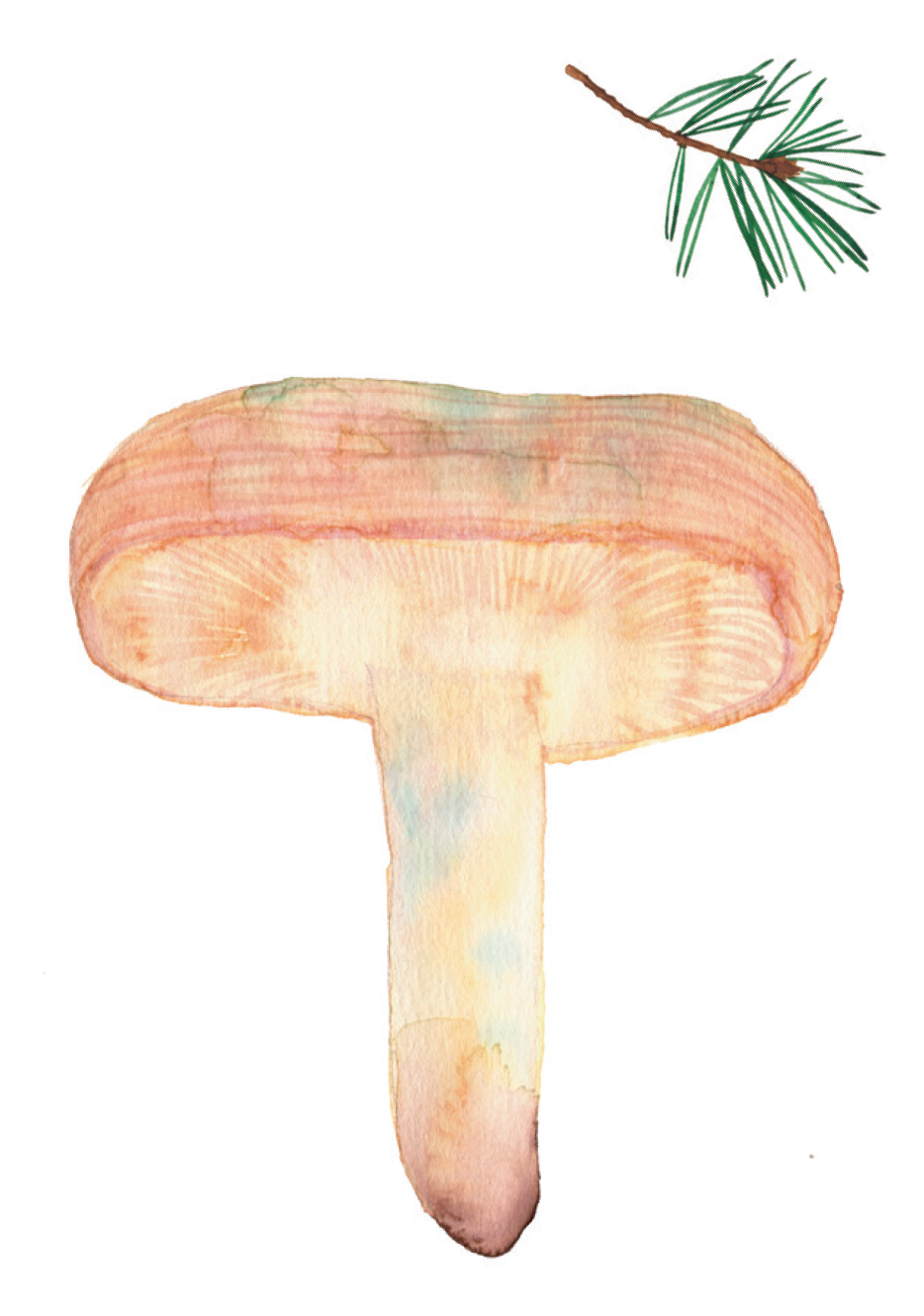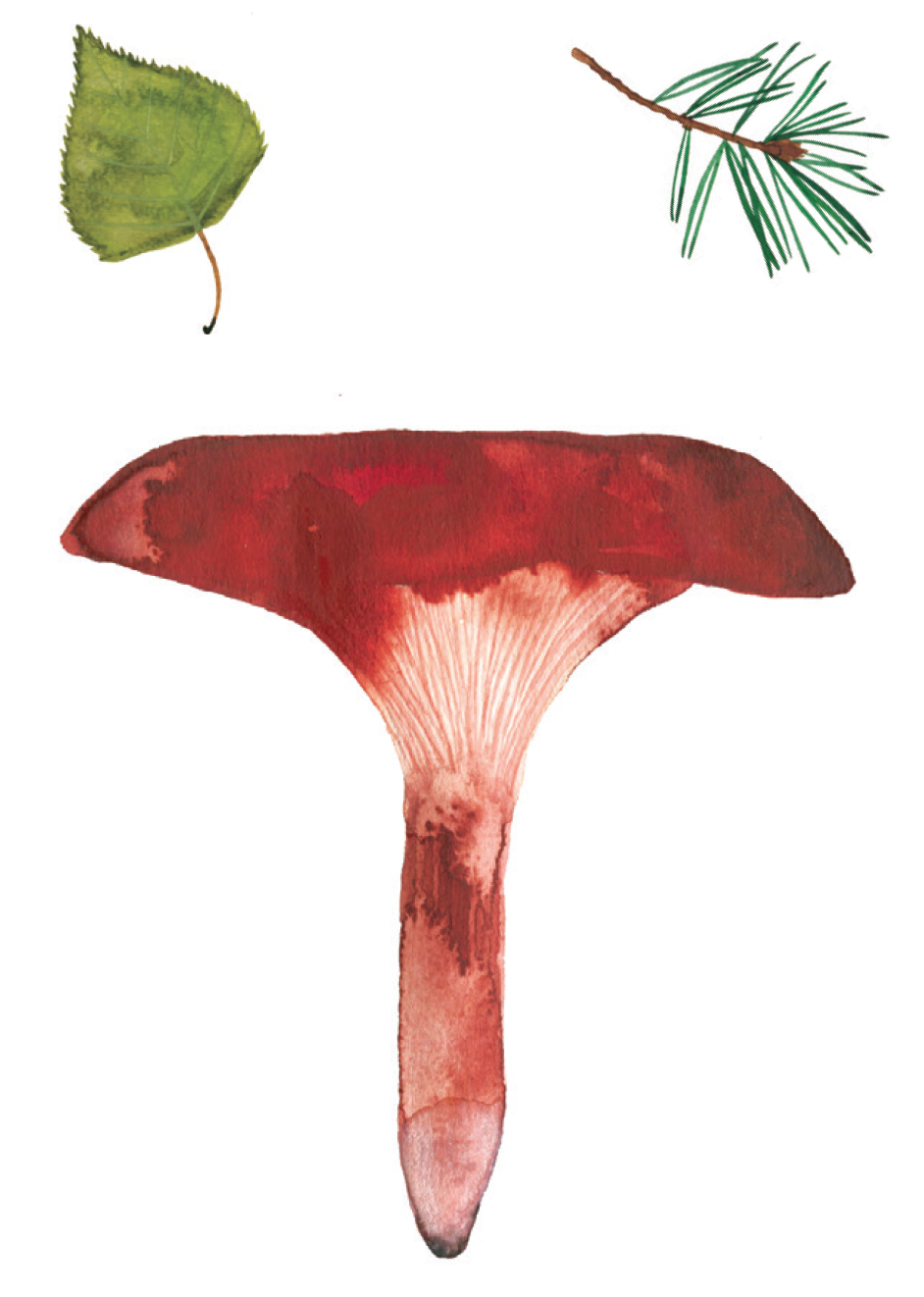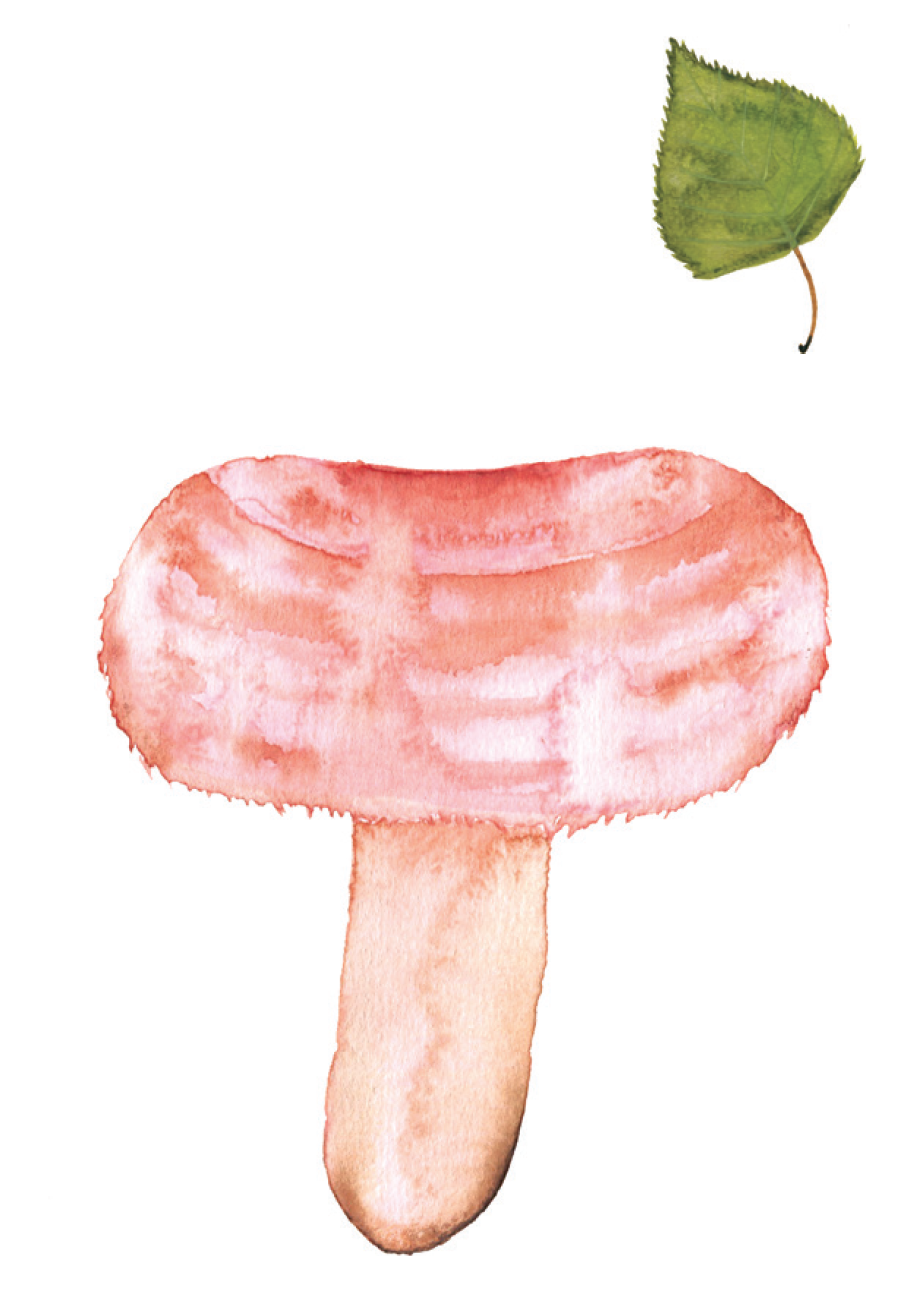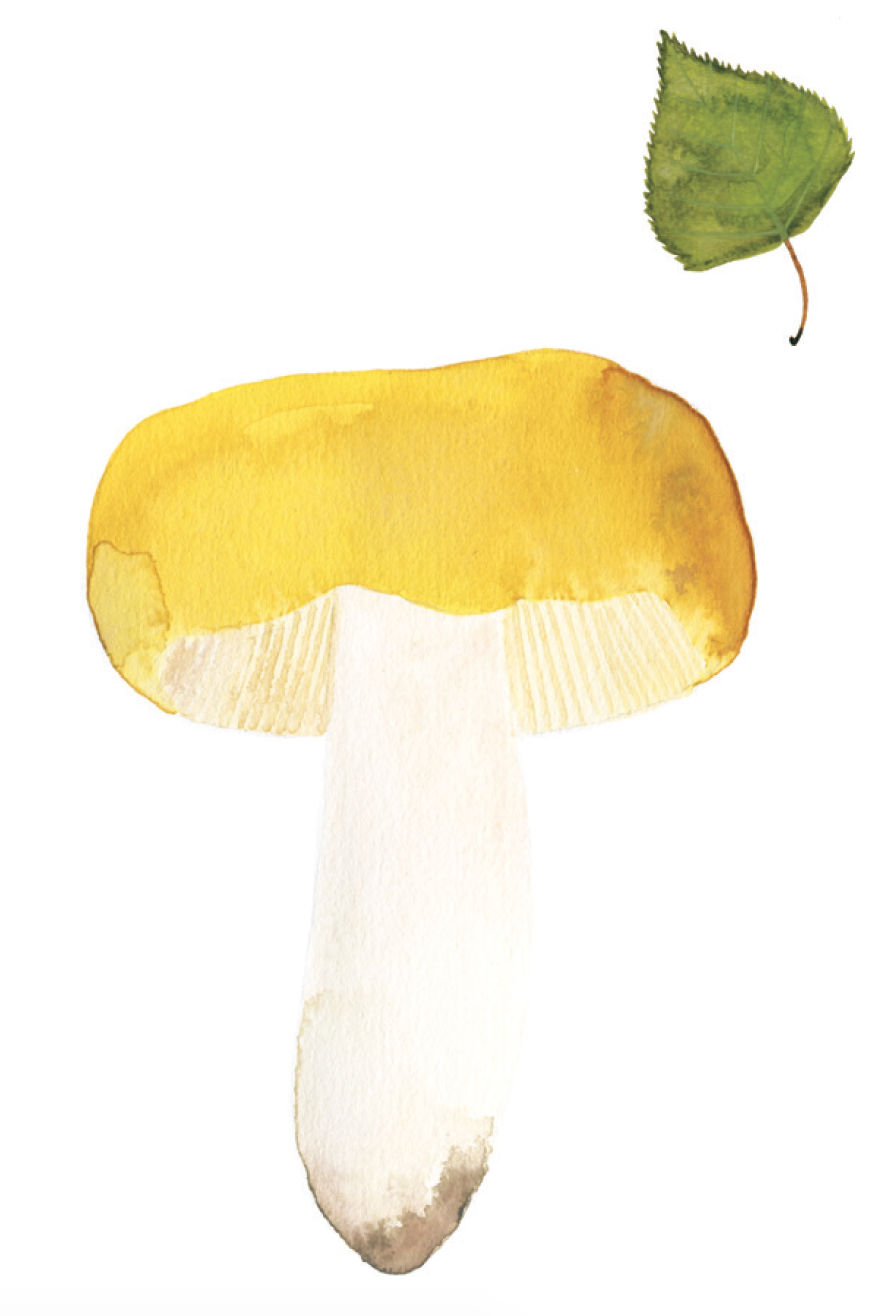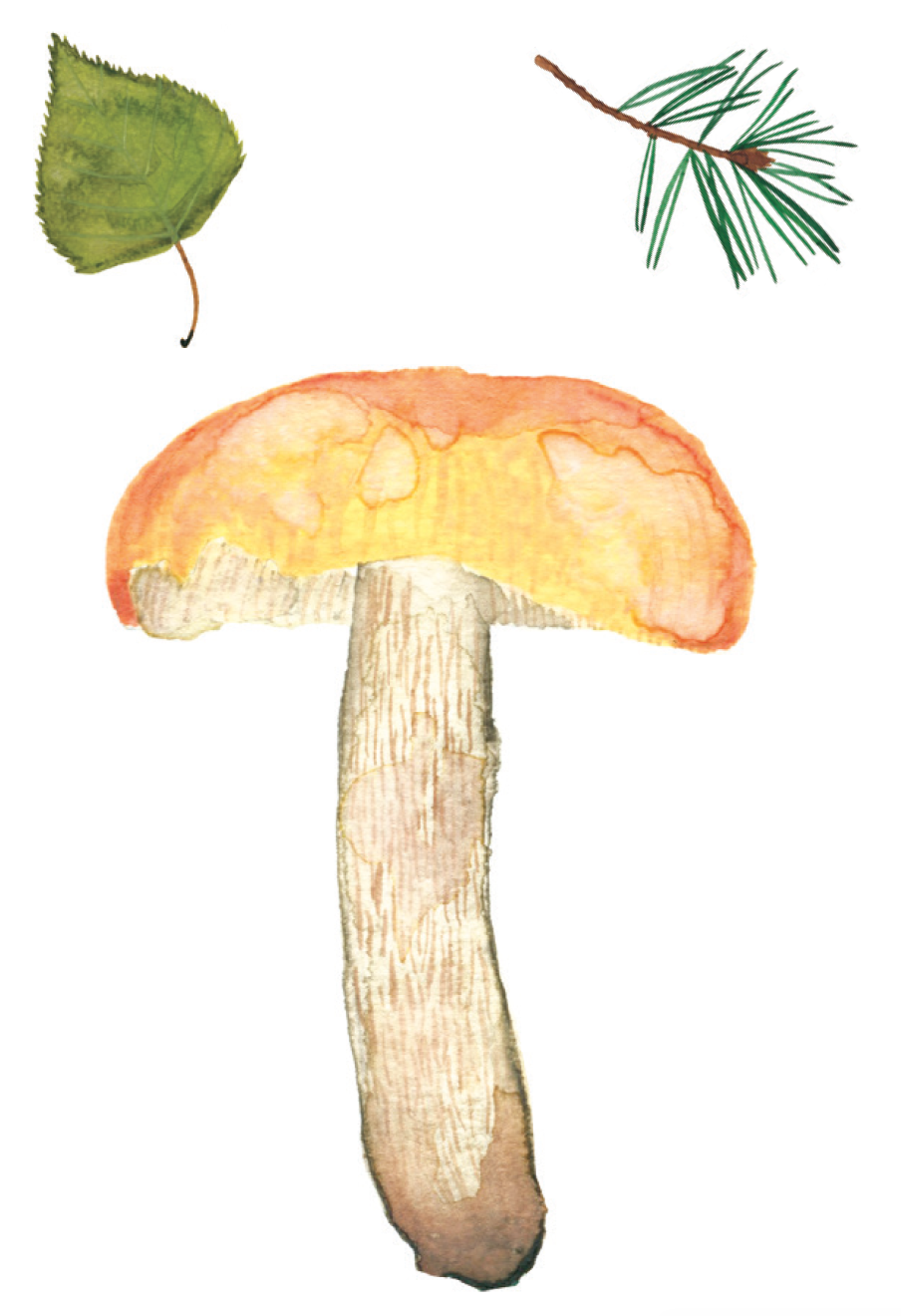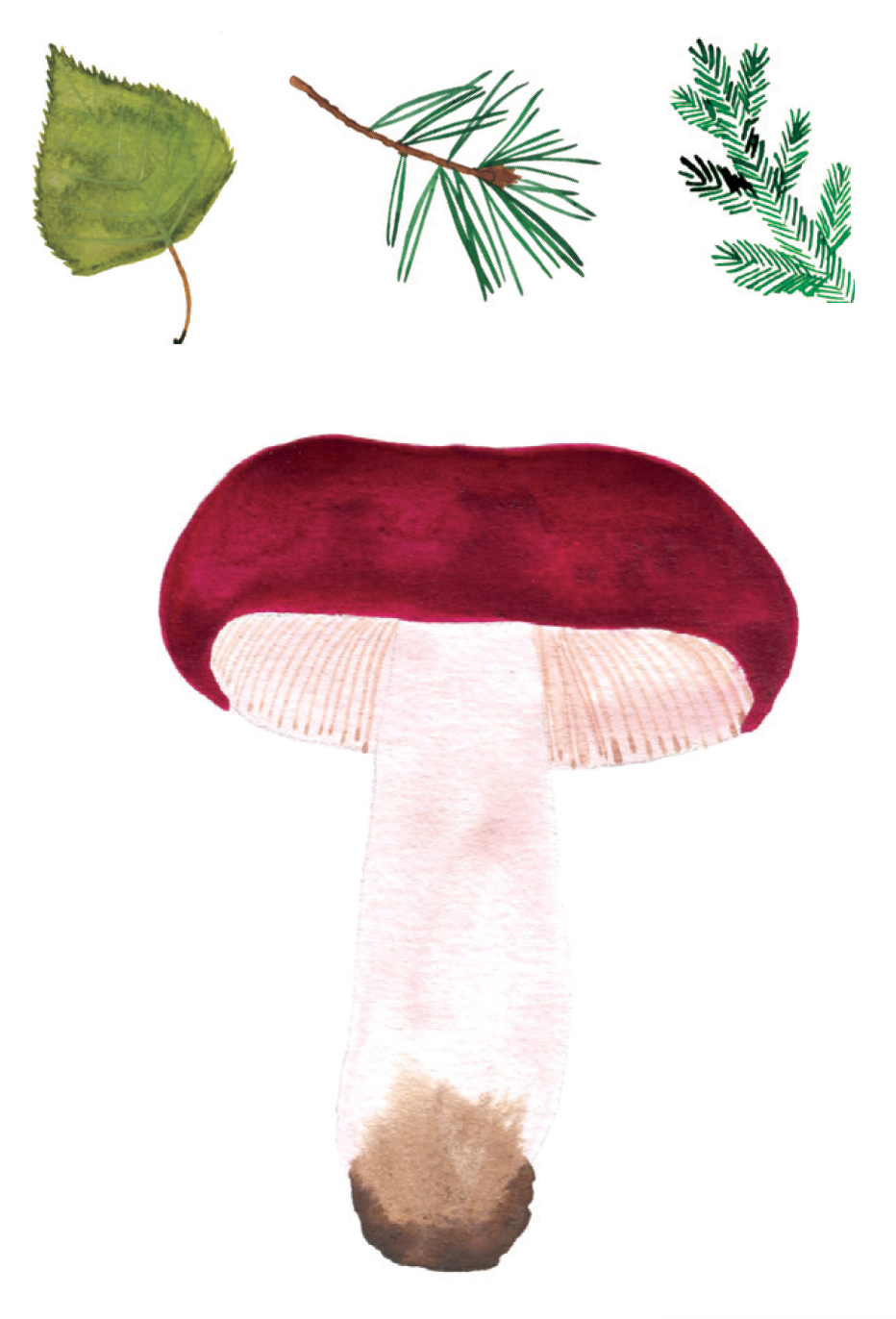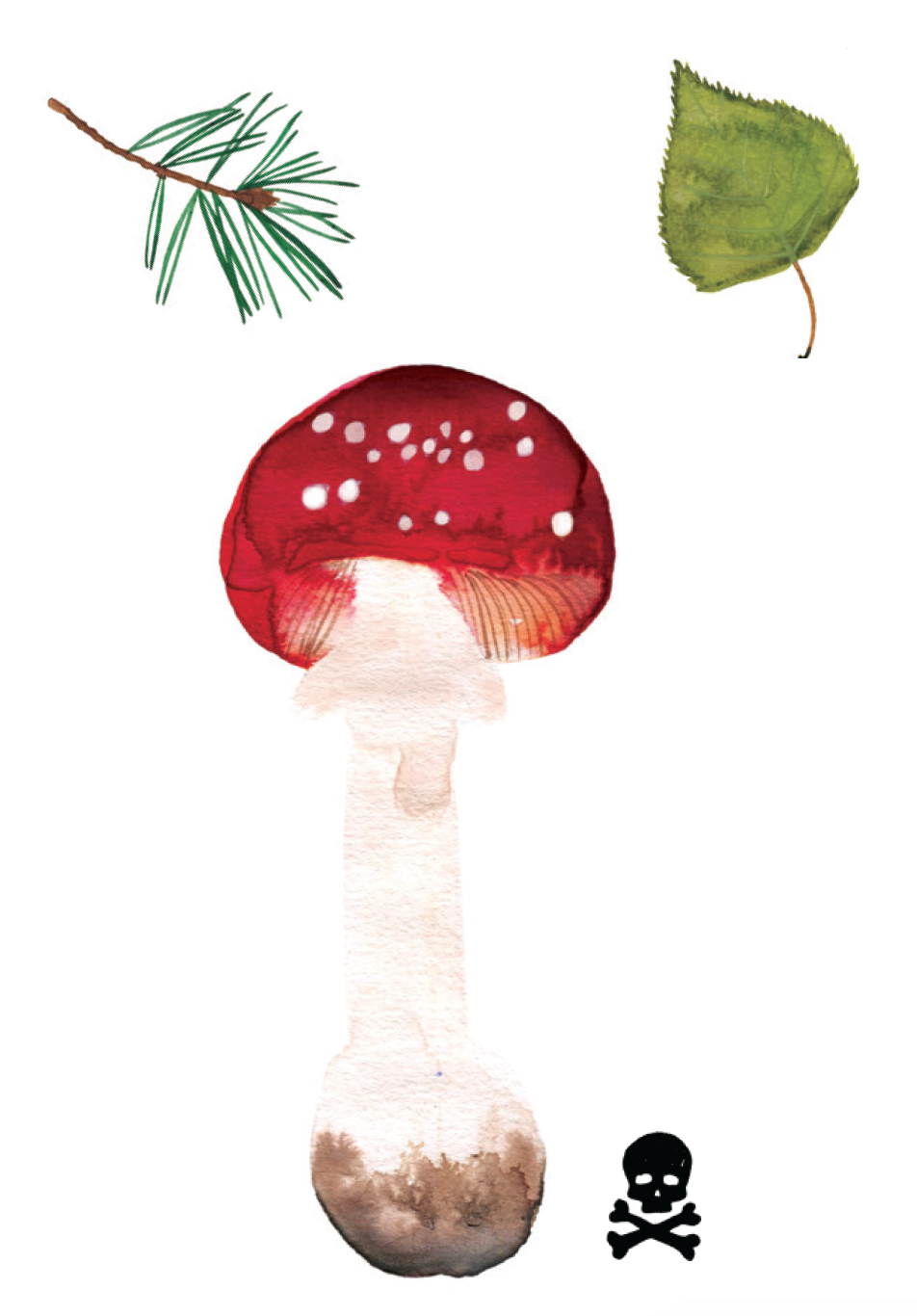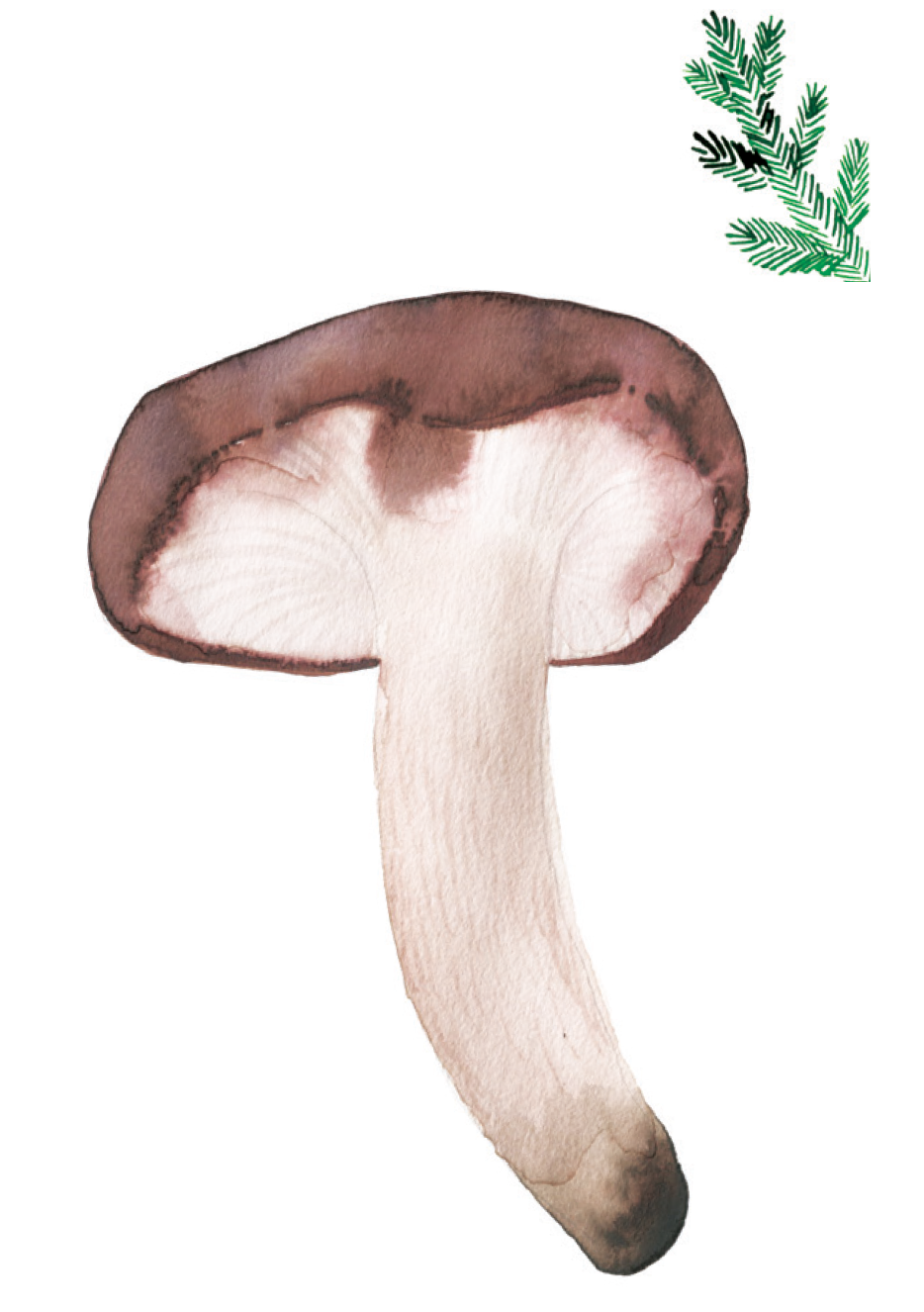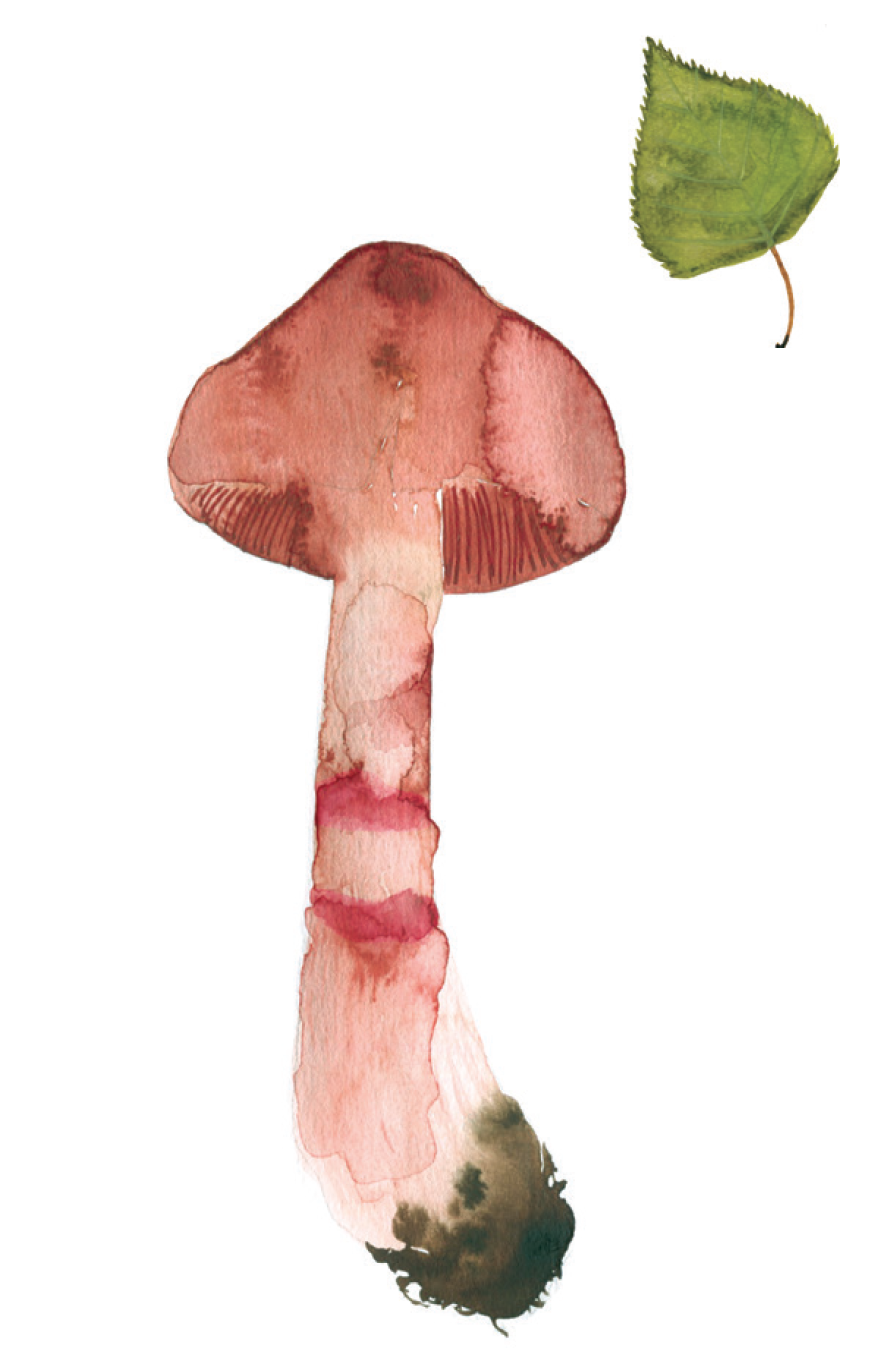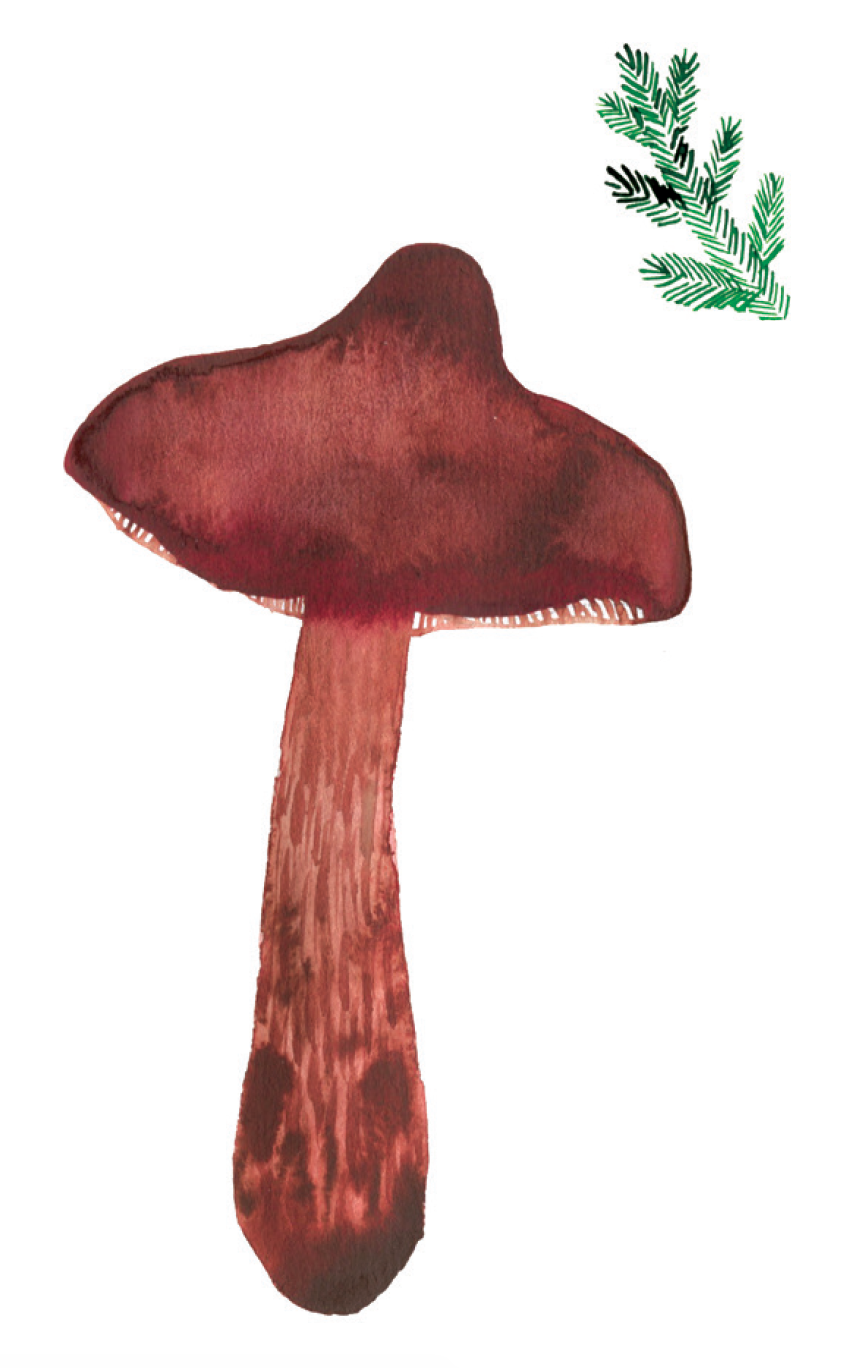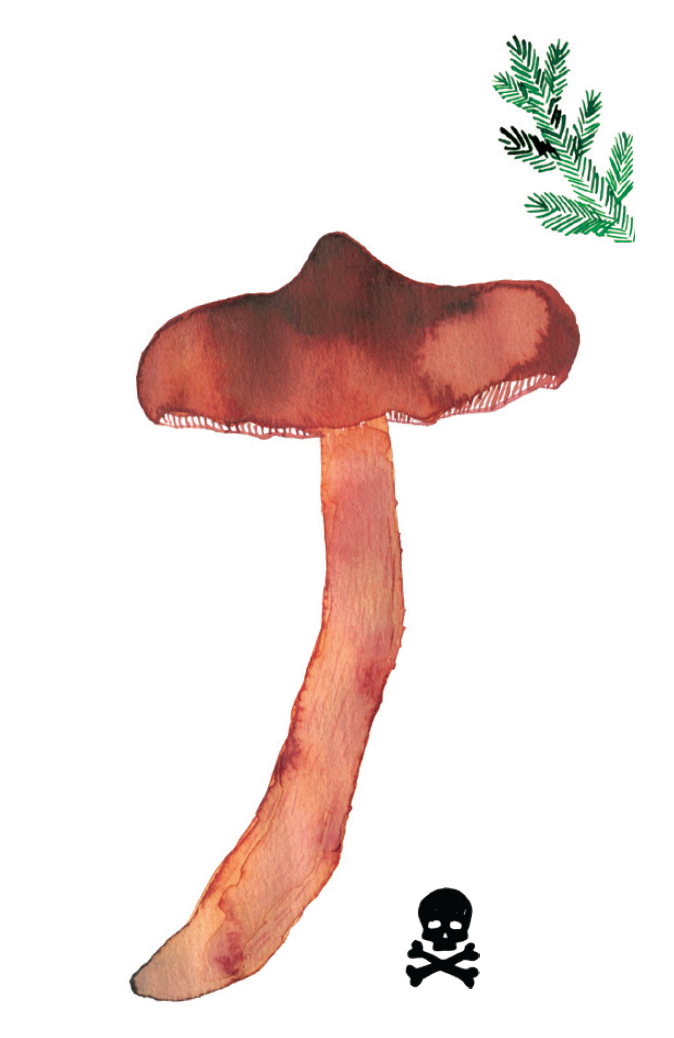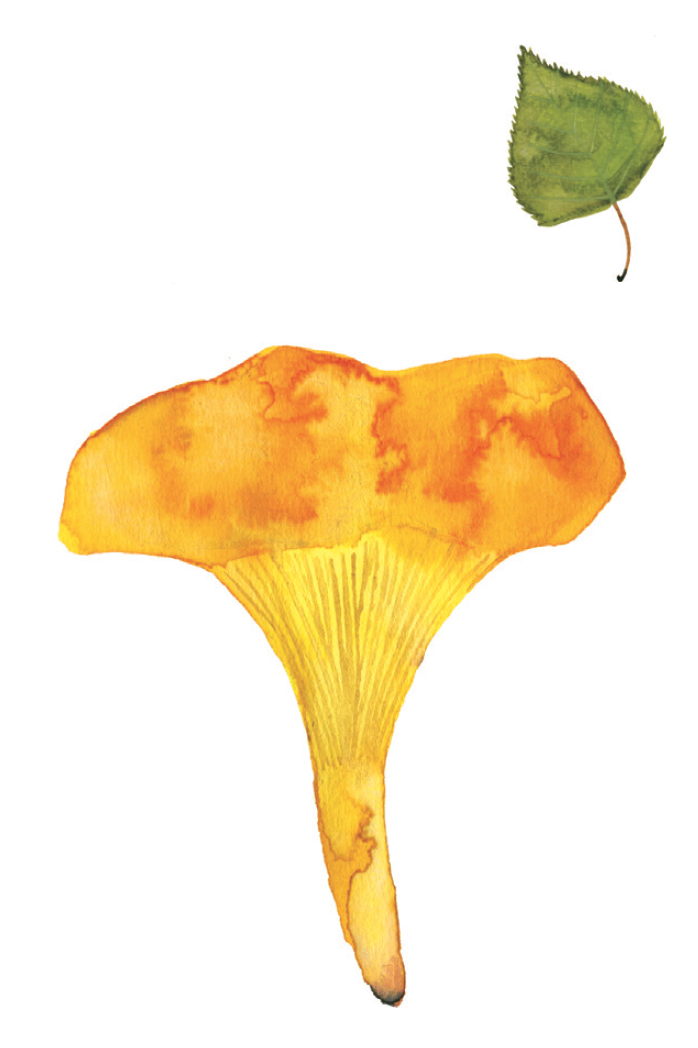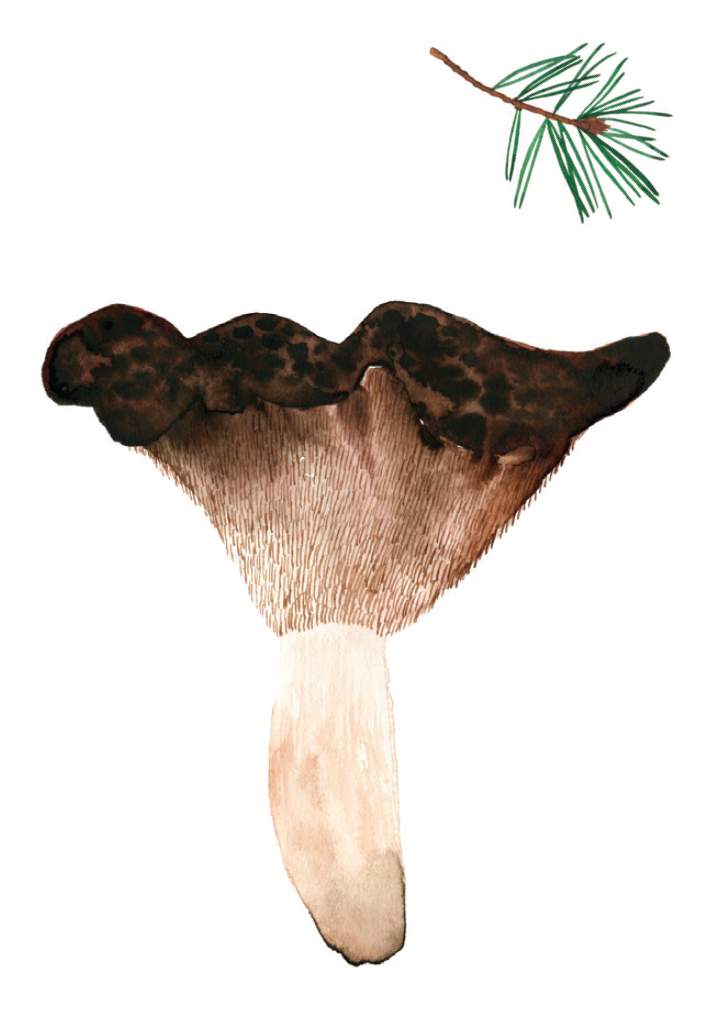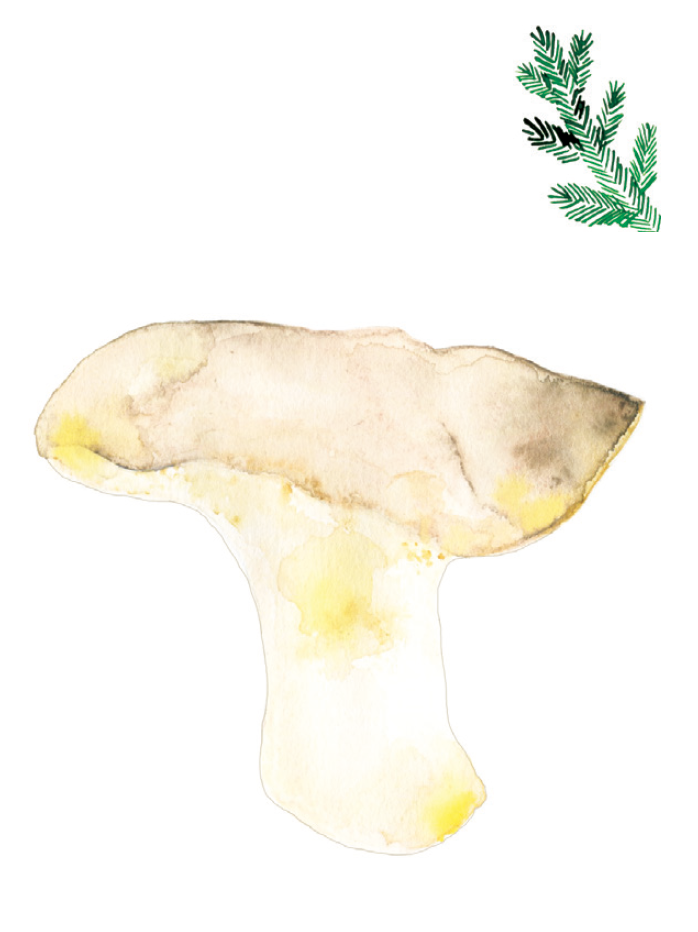Symbiosis
|
More information on Mystery of Mycorrhiza
memory card game species – – – – – – – – – – Pine bolete (Boletus pinophilus) and Scots pine (Pinus sylvestris) Pine bolete grows in dry heath forest and forms mycorrhizae with pine trees. Pine bolete is an edible mushroom. Try frying it in oil on a hot pan with a hint of salt - it is delicious! – – – – – – – – Bolete family (Leccinum albostipitatum) and Common aspen (Populus tremula) Leccinum albostipitatum, from Bolete family, likes to grow in the forest near common aspen and forms mycorrhizae with them. It is an edible mushroom, which you need to boil well before use. – – – – – – – – Orange birch bolete (Leccinum versipelle) and Birches (Betula sp.) Orange birch bolete grows in heath forests, parks and in mountain birch forests, forming mycorrhizae with birch trees. It is an edible mushroom, which you need to boil well before use. – – – – – – – – Larch bolete (Suillus grevillei) and Larches (Larix sp.) Mushrooms can also form mycorrhizae with cultivated non-native tree species. Larch bolete grows in gardens, parks and larch forests. Its host tree is often larch, but it can also form mycorrhizae, for example with Douglas fir. Larch bolete is an edible mushroom. – – – – – – – – Slippery Jack (Suillus luteus) and Scots pine (Pinus sylvestris) Slippery Jack grows in heath forests, parks, gardens and along the trails and roads. It forms mycorrhizae with pine trees and is an edible mushroom. – – – – – – – – Curry milkcap (Lactarius camphoratus) and Norway spruce (Picea abies), Scots pine (Pinus sylvestris) and Birches (Betula sp.) Curry milkcap grows in nemoral forests and nutrient rich spruce forests. On archipelago, it also grows in both birch and pine forests. Curry milkcap forms mycorrhizae with spruce, pine and birch trees. It is an edible mushroom that does not require boiling before use. – – – – – – – – Saffron milkcap (Lactarius deliciosus) and Scots pine (Pinus sylvestris) Saffron milkcap grows in heath forests and parks. It prefers chalk soils and forms mycorrhizae with pine trees. The name of the saffron milkcap comes from the saffron coloured sap of the mushroom. Saffron milkcap is an edible mushroom that does not require boiling before use. – – – – – – – – Rufous milkcap (Lactarius rufus), Scots pine (Pinus sylvestris) and Birches (Betula sp.) Rufous milkcap grows in pine bogs, pine- and mountain birch forests. It forms mycorrhizae with pines and birches. It is an edible mushroom that needs to be boiled before use. Tip for all of you who love mushroom dishes, this one is excellent when preserved in salt. – – – – – – – – Woolly milkcap (Lactarius torminosus) and Birches (Betula sp.) Woolly milkcap grows in pine and spruce forests, spruce mires, and in mountain birch forest. It forms mycorrhizae with birches and is an edible mushroom that needs to be boiled before use. – – – – – – – – Tacked milkcap (Lactarius trivialis), Birches (Betula sp.) and Norway spruce (Picea abies) Tacked milkcap grows in coniferous forests and deciduous forests, spruce mires and in mountain birch forests and forms mycorrhizae at least with birches and spruce. It is an edible mushroom, which needs to be boiled before use. – – – – – – – – Yellow swamp brittlegill (Russula claroflava) and Birches (Betula sp.) Yellow swamp brittlegill grows in various kinds of forest types, parks, gardens and in mountain birch forests. It forms mycorrhizae with birches and is an edible mushroom that does not require boiling before use. – – – – – – – – Copper brittlegill (Russula decolorans), Scots pine (Pinus sylvestris) and Mountain birch (Betula pubescens subsp. czerepanovii) Copper brittlegill grows in heath forests and forms mycorrhizae with pine trees. In Northern Finland you can find it also from mountain birch forest, where it forms mycorrhizae with mountain birch. Copper brittlegill is an edible mushroom that does not require boiling before use. – – – – – – – – Darkening brittlegill (Russula vinosa), Norway spruce (Picea abies), Scots pine (Pinus sylvestris) and Birches (Betula sp.) Darkening brittlegill grows in heath forests where it forms mycorrhizae with spruce and pine trees. It also grows in mountain birch forests, where it forms mycorrhizae with birches. It is an edible mushroom that does not require boiling before use. – – – – – – – – Fly agaric (Amanita muscaria), Birches (Betula sp.) and Scots pine (Pinus sylvestris) Fly agaric is a poisonous mushroom that grows in forests, gardens and parks. It forms mycorrhizae with birches and pine trees. The species’ scientific name muscaria resembles the latin word ‘musca’, which means a fly. Härkönen says that the name might refer to the usage of the mushroom; in Russia, pulverised fly agaric has been used to make fly repellent. Fly agaric also contains toxic compounds such as ibotenic acid and muscimol which affect the human central nervous system, and the poisoning causes convulsions and possible hallucinations. Therefore, the name may also refer to humans, who have been acting confused after eating the fly agaric and therefore having ‘flies in their head’ (Marja Härkönen 2018, Sienilehti). – – – – – – – – Arched woodwax (Hygrophorus camarophyllus) and Norway spruce (Picea abies) Arched woodwax grows in coniferous forests and forms mycorrhizae at least with spruce. It has a sweet, honey like odour. It is an edible mushroom that does not require boiling before use. – – – – – – – – Red banded webcap (Cortinarius armillatus) and Birches (Betula sp.) Red banded webcap, which grows in deciduous, mixed and mountain birch forests forms mycorrhizae with birches. It is an edible mushroom, but one needs to be extra careful not to mix it with deadly poisonous Deadly webcap or other webcaps, which is why collecting them for food cannot be recommended. Instead, red banded webcap can be used for dying wool and cotton and it produces a beautiful rosy pink colour. – – – – – – – – Brown webcap (Cortinarius brunneus) and Norway spruce (Picea abies) Brown webcap grows in spruce forests where it forms mycorrhizae with spruce. It is not used for food. – – – – – – – – Deadly webcap (Cortinarius rubellus) and Norway spruce (Picea abies) Deadly webcap grows in coniferous forests and in the vicinity of the mires and bogs. It forms mycorrhizae with spruce. Like its name says – it is a deadly poisonous mushroom. It contains a toxin called orellanine, which damages kidneys and liver. – – – – – – – – Slimy spike (Gomphidius glutinosus) and Norway spruce (Picea abies) Slimy spike is literally a very slimy mushroom. Especially the young mushrooms are fully covered by a thick slime. The older mushrooms have a cap and stem covered by slime. Slimy spike grows in coniferous forests, where it forms mycorrhizae with spruce. Slimy spike is an edible mushroom.
– – – – – – – – Chanterelle (Cantharellus cibarius) and Birches (Betula sp.) Chanterelle grows in nemoral and coniferous forests, where it forms mycorrhizae at least with birches. It is an edible mushroom and does not require boiling before use. – – – – – – – – Scaly tooth (Sarcodon squamosus) and Scots pine (Pinus sylvestris) Scaly tooth grows in coniferous pine forests, where it forms mycorrhizae with pine. Old scaly teeth can be used for blue colour in dying yarn. It is an edible mushroom too. – – – – – – – – Forest lamb (Albatrellus ovinus) and Norway spruce (Picea abies) Most of the polypores are fungi that decay wood. However, some species, like forest lamb, form mycorrhizae with the trees. This mushroom, seen in the spruce forests, grows on the ground and forms mycorrhizae with spruce. It is a delicious edible fungus that does not require boiling before use. |
|
|
– – – – – – – – – – Please read carefully from the mushroom guidebooks how to correctly prepare them. – – – – – – – – – – Our materials are licensed under the Creative Commons Attribution-ShareAlike 4.0 International License: http://creativecommons.org/licenses/by-sa/4.0/. It means you can use our materials freely, but please remember to always credit our work and mention us whenever you are sharing contents of our project online: Instagram: @evolution_in_action, Facebook: @evoluutiopajat, Twitter: @EvoWorkshops. If you use our materials in teaching, we are happy to hear greetings and feedback. You can tag us on social media or send us an email: [email protected] Evolution in Action logo: jpeg, eps |
